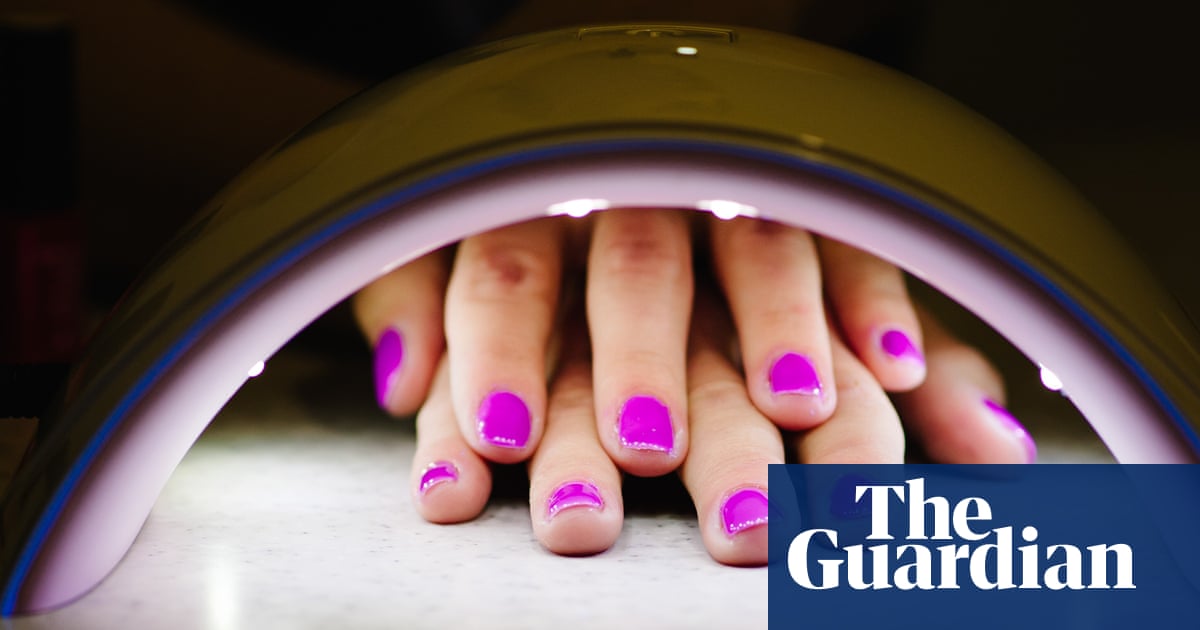It’s well known that dating apps are a nightmare, that hell is empty and all the demons are on Hinge, to the extent people aren’t really allowed to complain about it any more. It would sound like whining about getting run over after you couldn’t be bothered to use an underpass, so you just ran across a motorway and hoped for the best.
And yet, as it was my great privilege listening to some millennials to discover, young people are still going on dates, and a lot still goes wrong, without the involvement of any tech whatsoever. It’s all in that bit of the Venn diagram where “I couldn’t work out what he/she was thinking” meets “I didn’t know whether I was that into it”, which is to say, the grey lacuna marked “nothing happened”. It could be a super-efficient, young-professional walk-through-a-park date, and then nothing happened, or a five-hour pub crawl, and then nothing happened. One young friend went to Spain to see a guy, and still nothing happened. One new acquaintance was on a date with a woman who passed him her knickers under the table halfway through dinner – and yet nothing happened.
Yes, of course, we all had follow-up questions, and the answers were: no, she was not the first person ever to have done this, it’s not an outlier date manoeuvre, it’s happened to him multiple times. Though he did concede, usually something happens.
I’ve since polled all the other men I know, to see if the underwear thing had ever happened to them. Unfortunately, they’re all gen X and they can’t even understand the question – 15 minutes in, they’re scratching their heads, going: “Run this by me one more time, do I have to go to the loo and take my own underpants off? Wouldn’t it be more polite to keep a spare, clean pair in my pocket and just give her those? If my pants are larger than the actual tablecloth, what then?”
The curse of nothing-happening is more than just the waste of an hour or five, worse than a ding to your self-esteem. It makes you feel very alone in the universe, cursed to misunderstand and be misunderstood. Consequently, every effort must be taken before the meeting to signal intention and enthusiasm. But this is much harder than it sounds. There’s almost nothing that can’t be read either way – flirtation, or merely lively chat? – except things that are so explicit that one or other of you will definitely get cold feet before the IRL encounter.
Instead, there’s a series of graded escalations: text to voice note; voice note to photographs (not nudes! Still lifes). Again, I took these dispatches back to gen X. We’re still, all of us, mystified by the voice note. Why would anyone want to hear me say “ummm” for a number of seconds, then do a little monologue in which I would definitely forget my point halfway through, then an awkward “OK, I’ve taken up enough of your time, if indeed you’re still listening, ha ha! Cheerio!” How on earth would that indicate any kind of gear change?
The still lifes, meanwhile: it doesn’t matter what the picture is of, unless it’s of yourself, and that is either trashy or you’re gen Z, and they have their own rules. It shouldn’t be mundane, but it should be an everyday thing – a cheese sandwich, say. The point is (apparently), the recipient knows what a cheese sandwich looks like, so what you’re really communicating is that you want to bring them into your moment. The problem is, once somebody’s said, “It could be a cheese sandwich,” all you can think of is a cheese sandwich. Have I ever eaten anything other than a cheese sandwich? Have I ever had a moment that does not involve cheese? “Could it be a random dog?”, one gen X asked, and I took that back to the younger focus group, and they said no. A dog lands you squarely back at ambiguity. Are you bringing them into your moment? Do you just really like dogs? Or do you want to immediately get married and buy a dog?
Long story short, the gen X way is still the best: go to a bar; stare at someone for slightly too long; whatever happens, it won’t be “nothing”.
Zoe Williams is a Guardian columnist
-
Do you have an opinion on the issues raised in this article? If you would like to submit a response of up to 300 words by email to be considered for publication in our letters section, please click here.

 2 weeks ago
24
2 weeks ago
24

















































